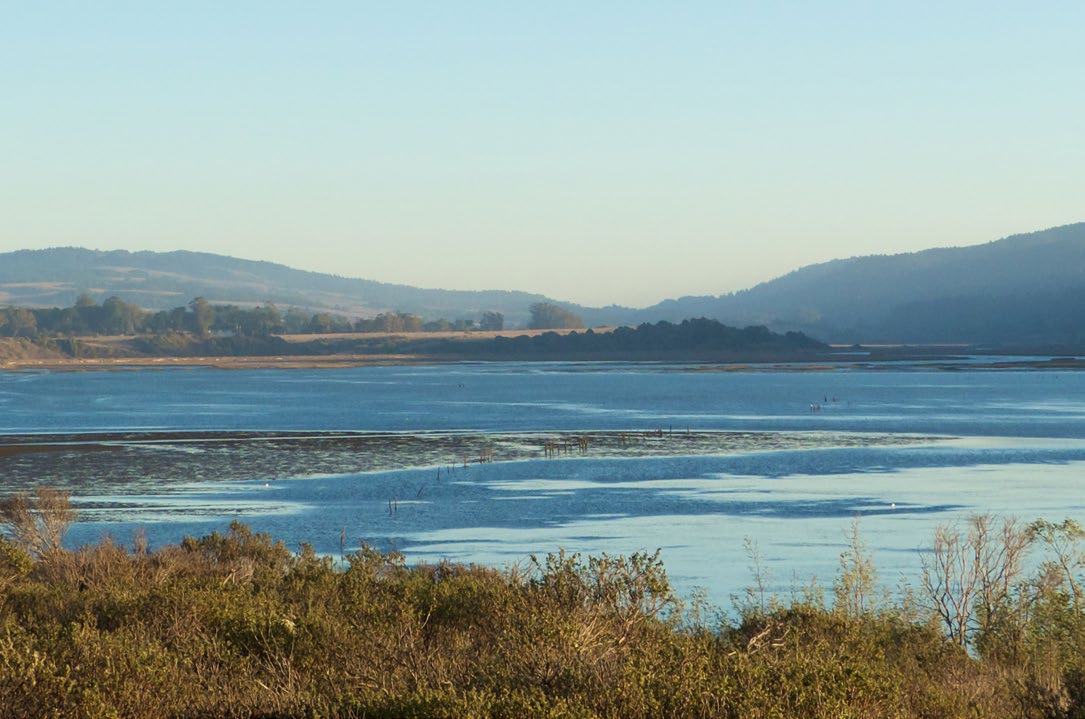In October 2016, a coalition of organizations including San Francisco Estuary Institute, San Francisco State University, University of California Davis, Southern California Coastal Water Research Project Authority, U.S. Environmental Protection Agency and the San Francisco Estuary Partnership hosted the workshop “Monitoring for Acidification Threats in West Coast Estuaries: A San Francisco Bay Case Study.” This workshop brought together approximately 50 regional technical and policy experts from throughout the West coast of the United States for the first time, with the goals of:
- Assessing whether ocean-derived acidification is a likely concern in the Bay,
- Identifying its potential impacts to beneficial uses, and
- Discussing cost-effective monitoring strategies and potential management.
The outcome, a white paper summarizing the workshop and its findings, is now available through SFEI’s website and here, signaling the completion of Task 29.1 of the Estuary Blueprint.
Task 29.1: Convene scientists from around the San Francisco Estuary, including from leading marine laboratories and universities, to identify potential impacts of ocean acidification and hypoxia on beneficial uses of the state’s waters. Build a conceptual model that can inform design and implementation of monitoring approach.
The report concludes that ocean acidification and hypoxia, or OAH, is, in fact, expected to impact the San Francisco Bay, but managers lack data on this threat and its potential impacts. In the future, partnerships that cross traditional jurisdictional boundaries will be needed to improve our understanding and management of OAH.
The report identifies areas where additional research and analysis is needed, and provides both near-term and long-term recommendations for San Francisco Bay and other West coast estuaries.
For San Francisco Bay, the report recommends the following next steps:
- Continue to synthesize existing data from the Bay to develop conceptual models;
- Inventory assets and identify opportunities to add OA monitoring to existing monitoring programs;
- Implement a carbonate-chemistry monitoring program;
- Implement a coupled chemical and biological monitoring program.
For more on ocean acidification, the workshop, and the resulting report, visit SFEP’s project page.
